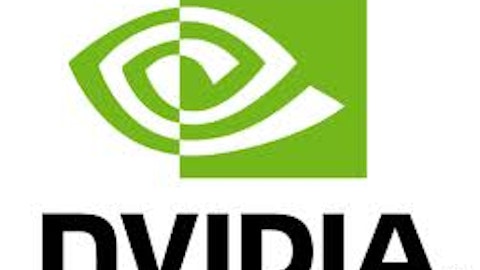One must remember, though, that analysts are always looking ahead. Apple is a great company, and I believe it has game left in it. Another mega-hit product or two are in the works, in my opinion. However, its behemoth size combined with its business model makes it more difficult to keep growing. Amazon doesn’t need to roll out a hit product every few years. There is still huge growth left in online retailing. In fact, the potential for online retailing seems as close to limitless as one can get. Yes, the retailing margins are super-thin, but the site’s also a portal into higher-margin businesses (most notably the cloud, but also video streaming, which eventually should be higher-margin).
The most important thing to remember is that analysts are human. Could they be expected to foresee a year or two in advance the hugely disruptive iPhone coming out in 2007? How about predicting in 2008 or 2009 that Apple would strike gold again with the iPad in 2010? It is simply easier for them to imagine Amazon’s future potential.
The fact that analysts are human leads to the next point…herd behavior. You could also term it “CYA.” This is a commonly-heard acronym in business and other fields. For those who don’t know it, it stands for “cover your a&^.”
Let’s say you’re one of 15 analysts covering a particular company. The other 14 are bullish. The P/E is at nosebleed level. You are new to covering the stock. You are not so sure about the company. Are you going to be the odd guy (or woman) out? If you’re wrong, you could be in deep water. (“Your bad call made our firm look bad — and cost client money.”) If you are wrong with the herd, you’ll likely suffer no consequences.
This heard or CYA behavior is largely why once a company’s valuation measures get established, they are slow to move (covered in next section). Unless there is a material change, analysts typically just update their models each quarter.
Amazon’s Valuation Story in Charts
I’m not saying I necessarily agree with the valuation thesis, but these charts should provide a good idea of what is going on. (Source: YCharts)
P/E Ratio
Obviously analysts are disregarding the most conventional valuation measure, P/E ratio. This isn’t necessarily a bad thing (in general, not just in regard to Amazon). Reported earnings reflect accounting practices — and may or may not closely track cash, which is a “real” measure of profit.
Operating cash flow (OCF) and free cash flow (FCF) are more accurate reflections of how well a business is performing. OCF is the cash before investing activities and financing are taken into account.
In Amazon’s case, P/E and FCF are not being used as valuation measures because analysts (and some investors) are on-board with the premise that “buying” market share and investing in growth will pay off in the long-term. (Yes, that begs the question when does the long-term arrive?)





